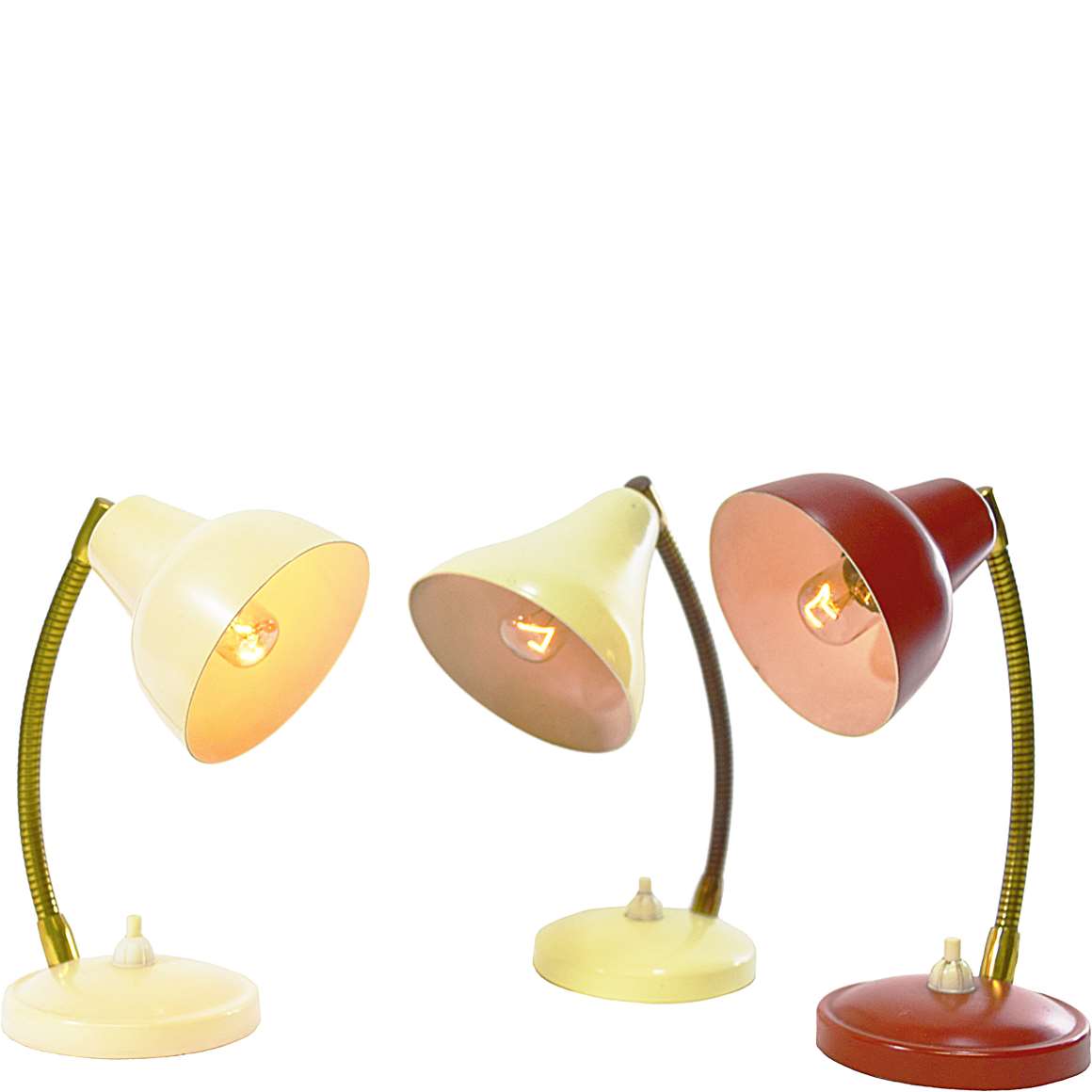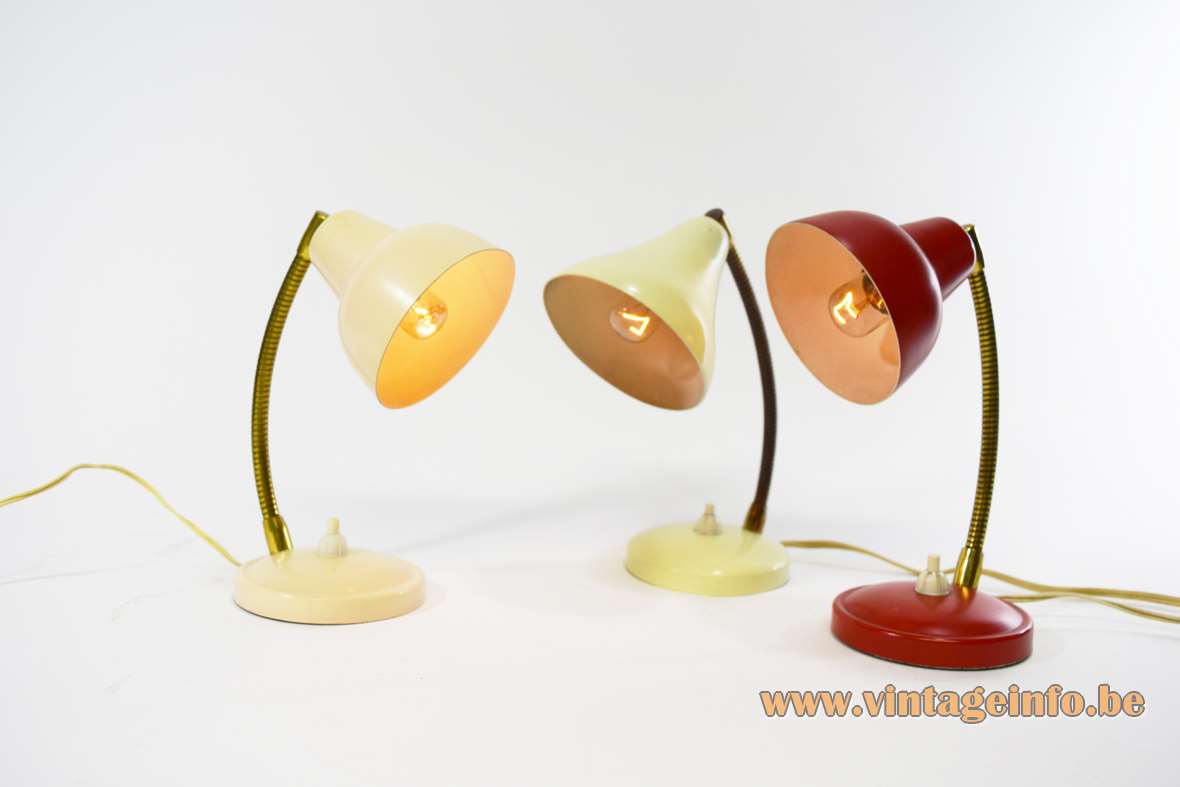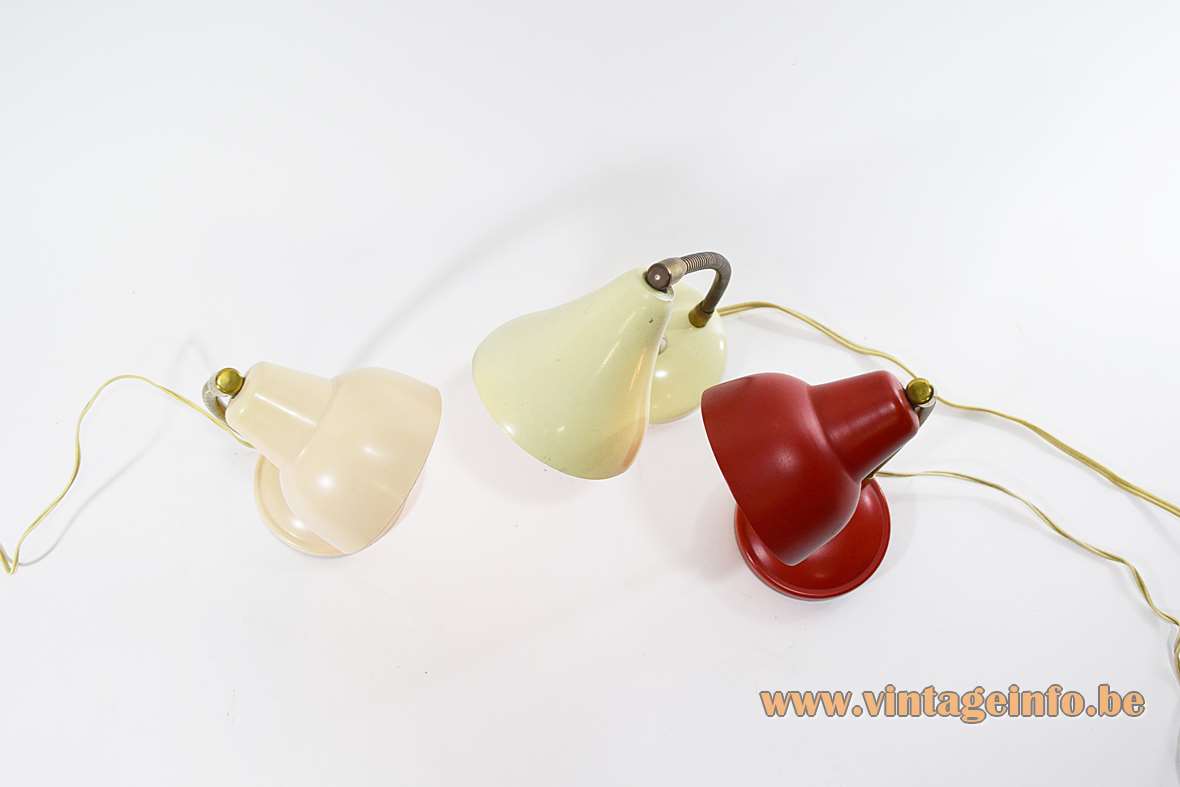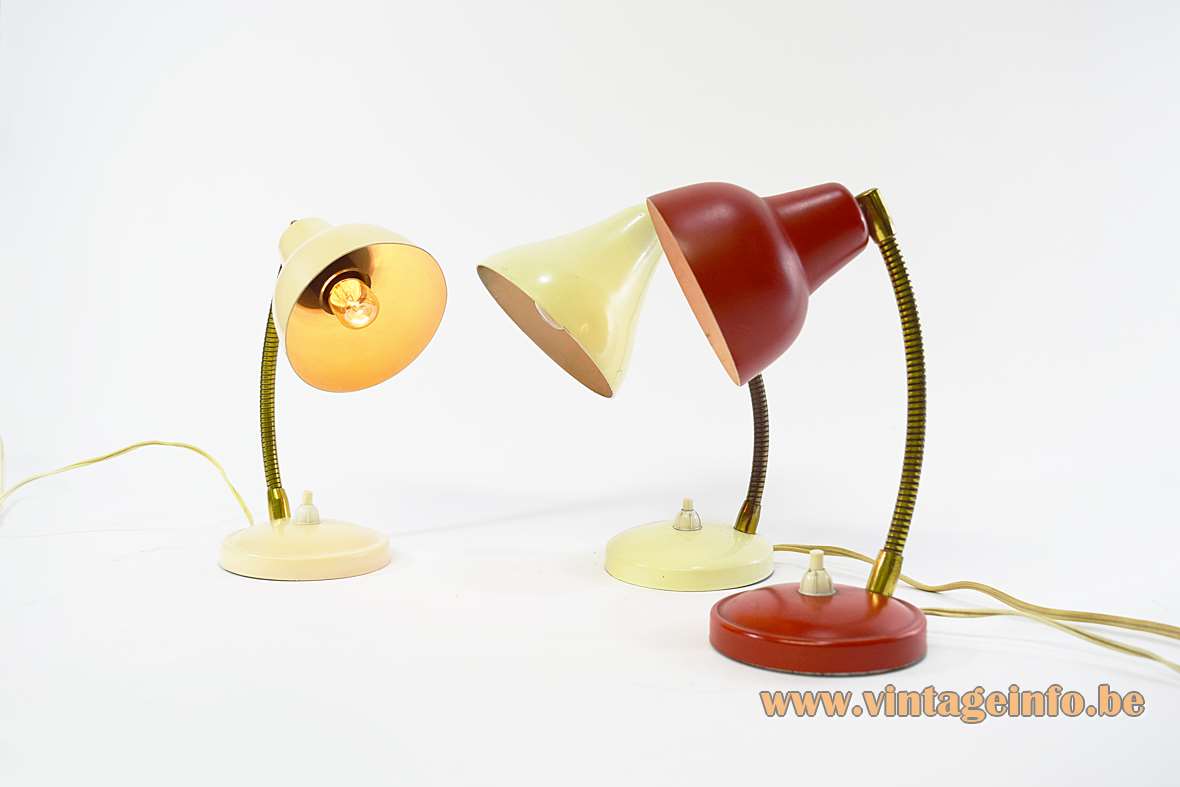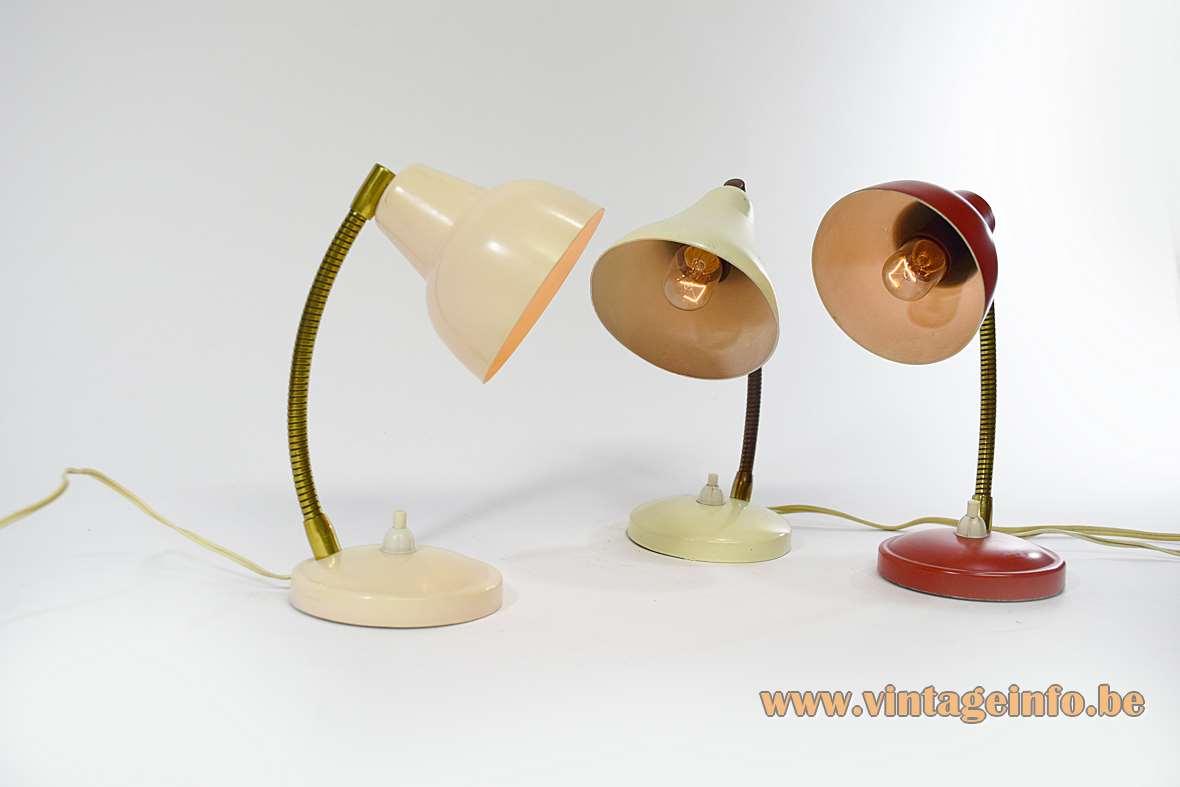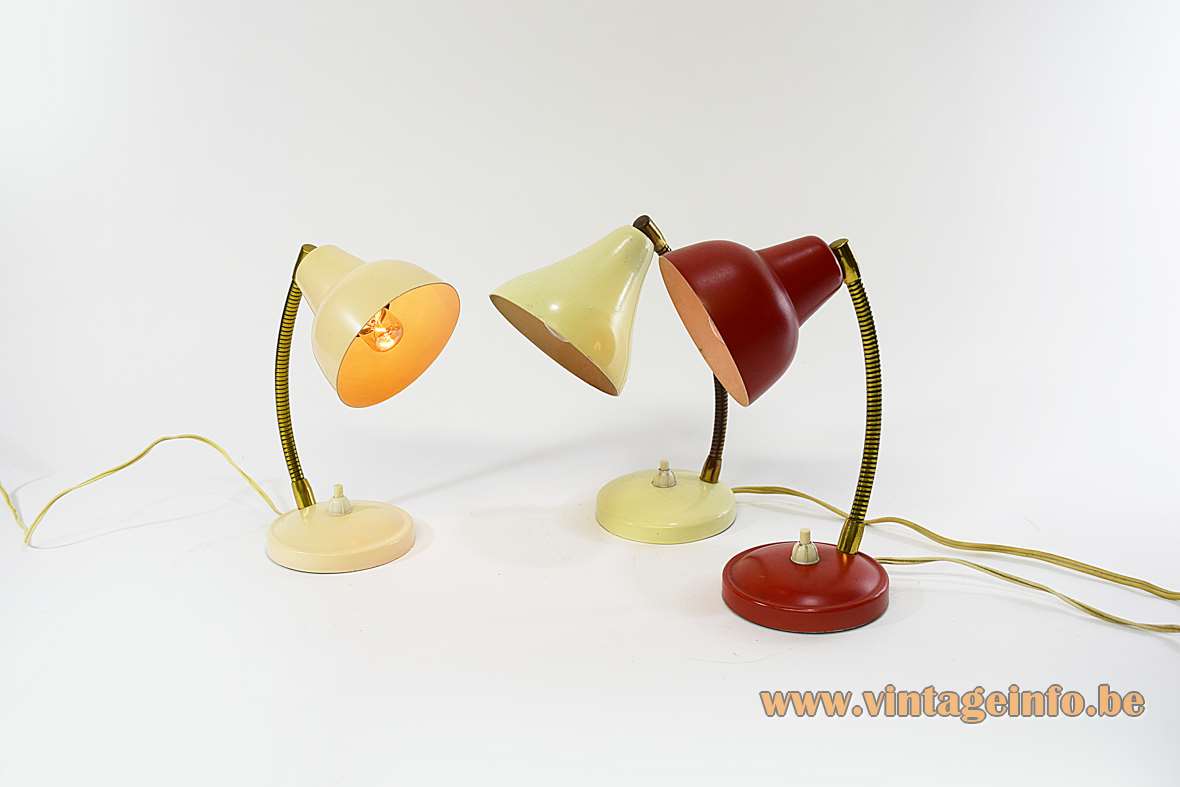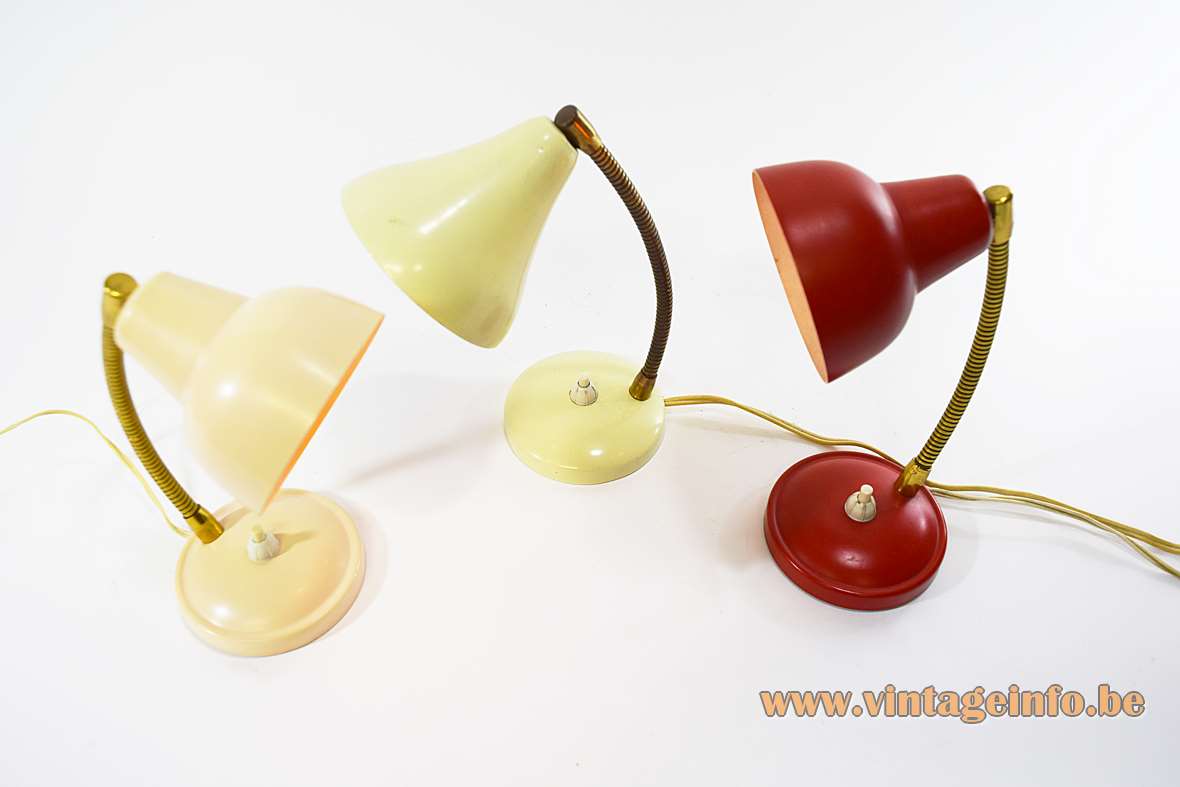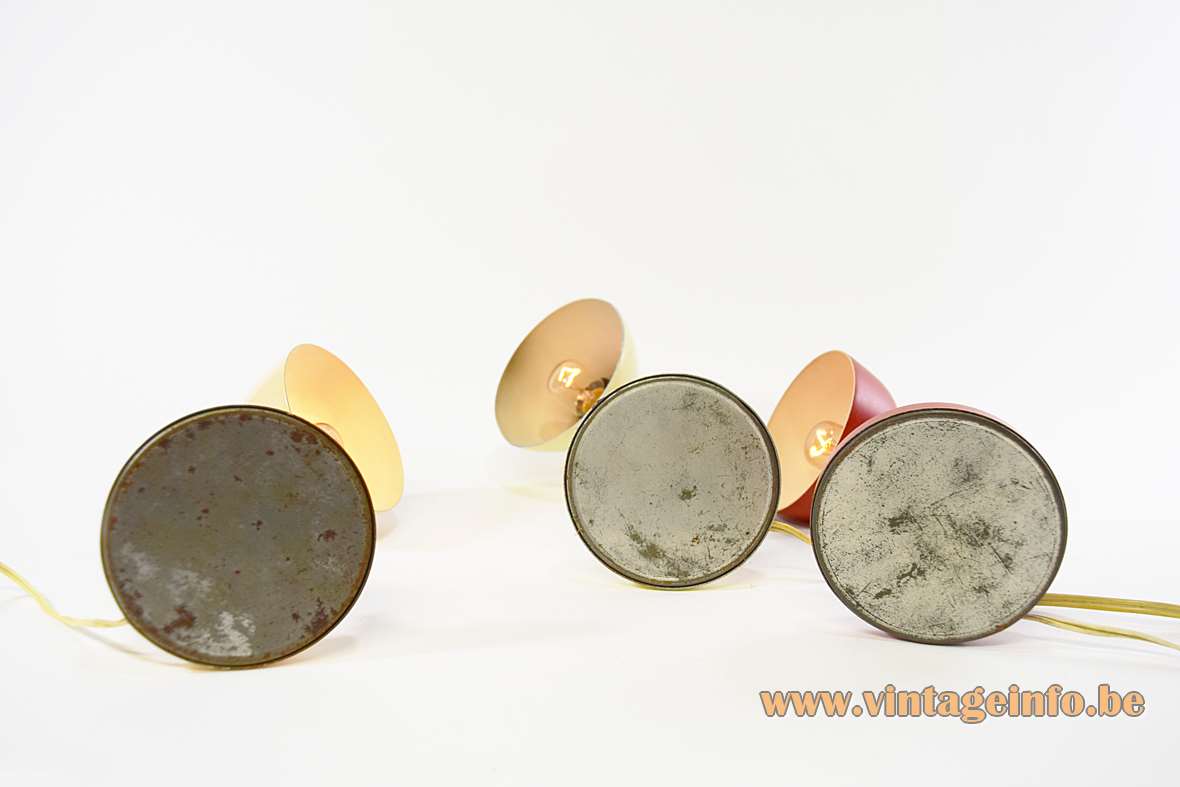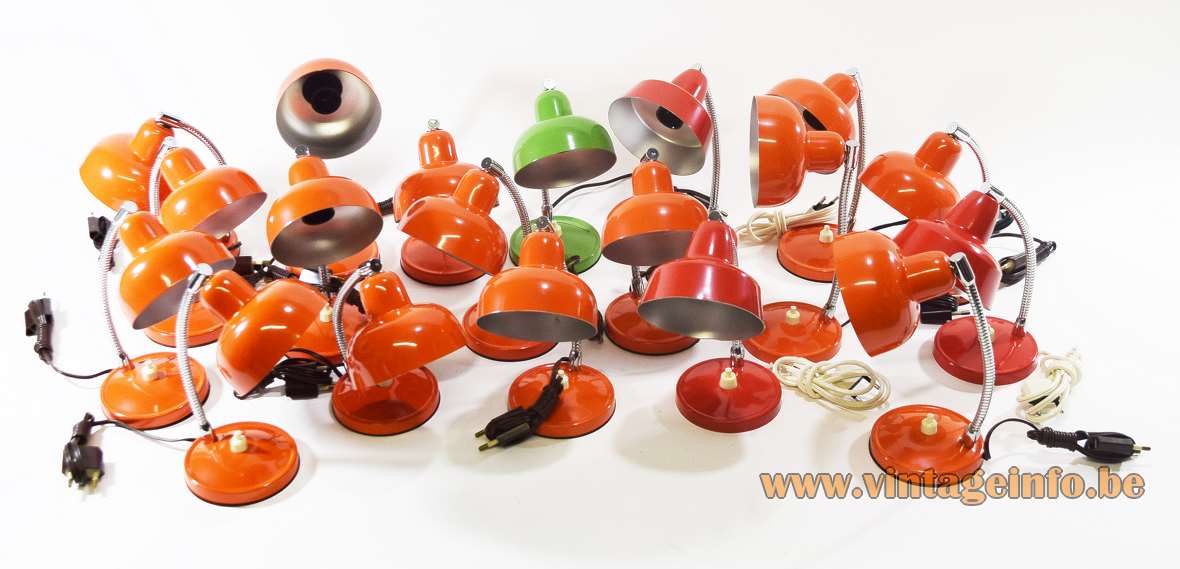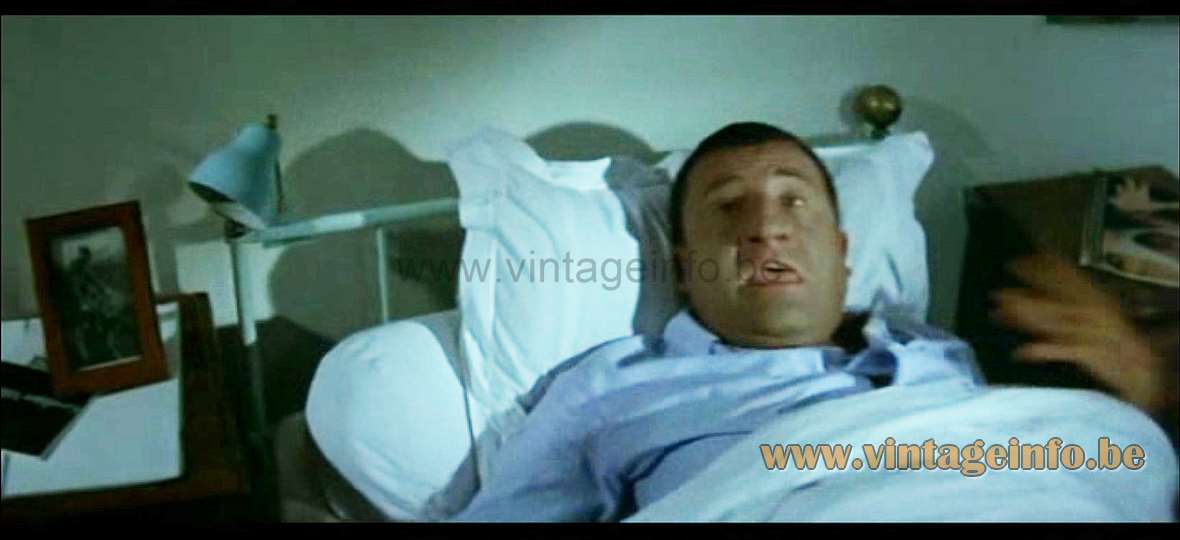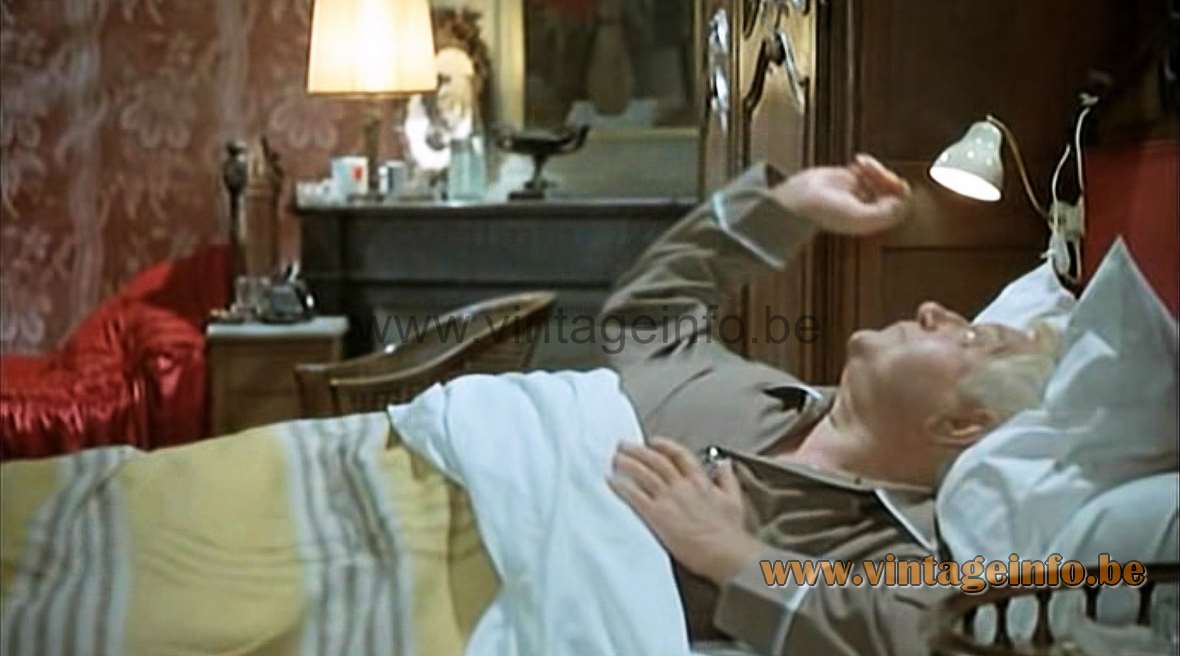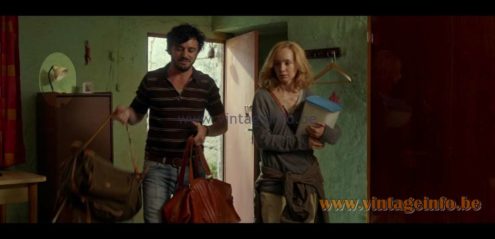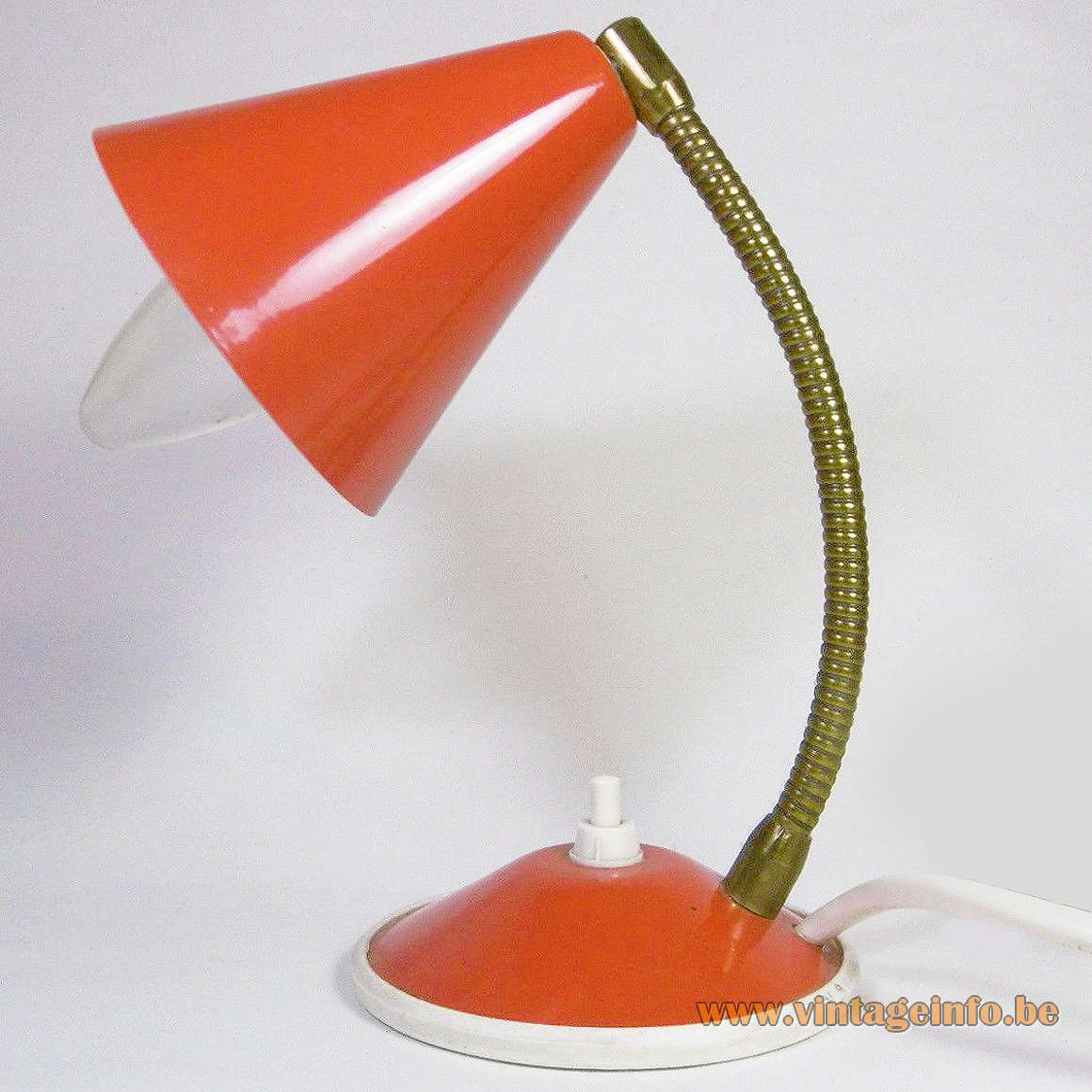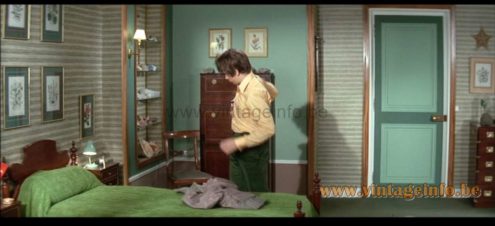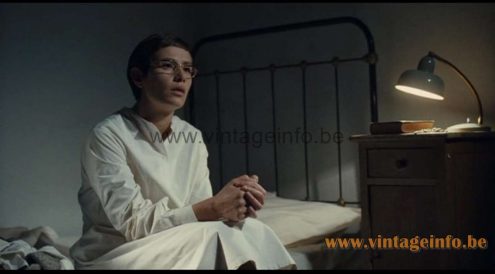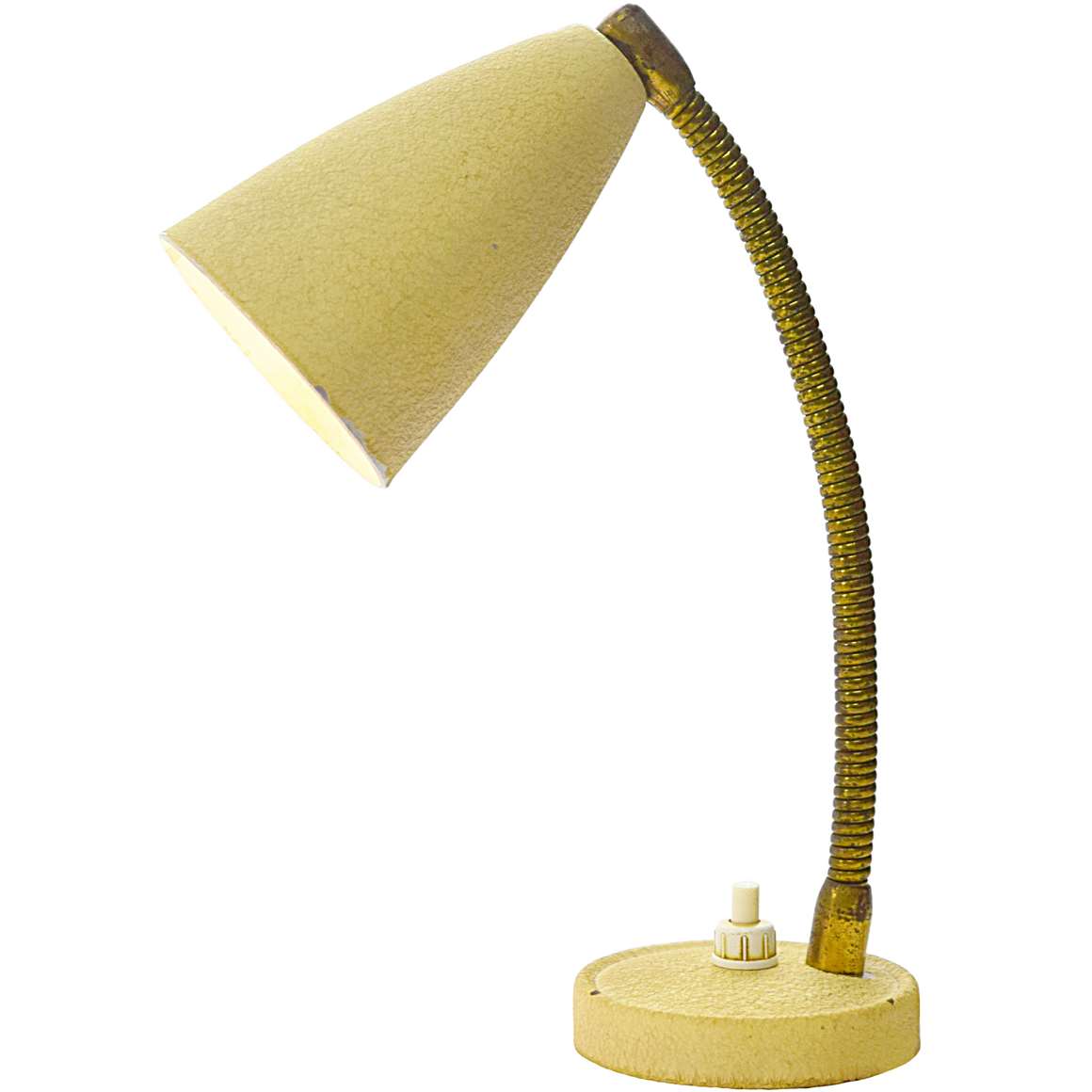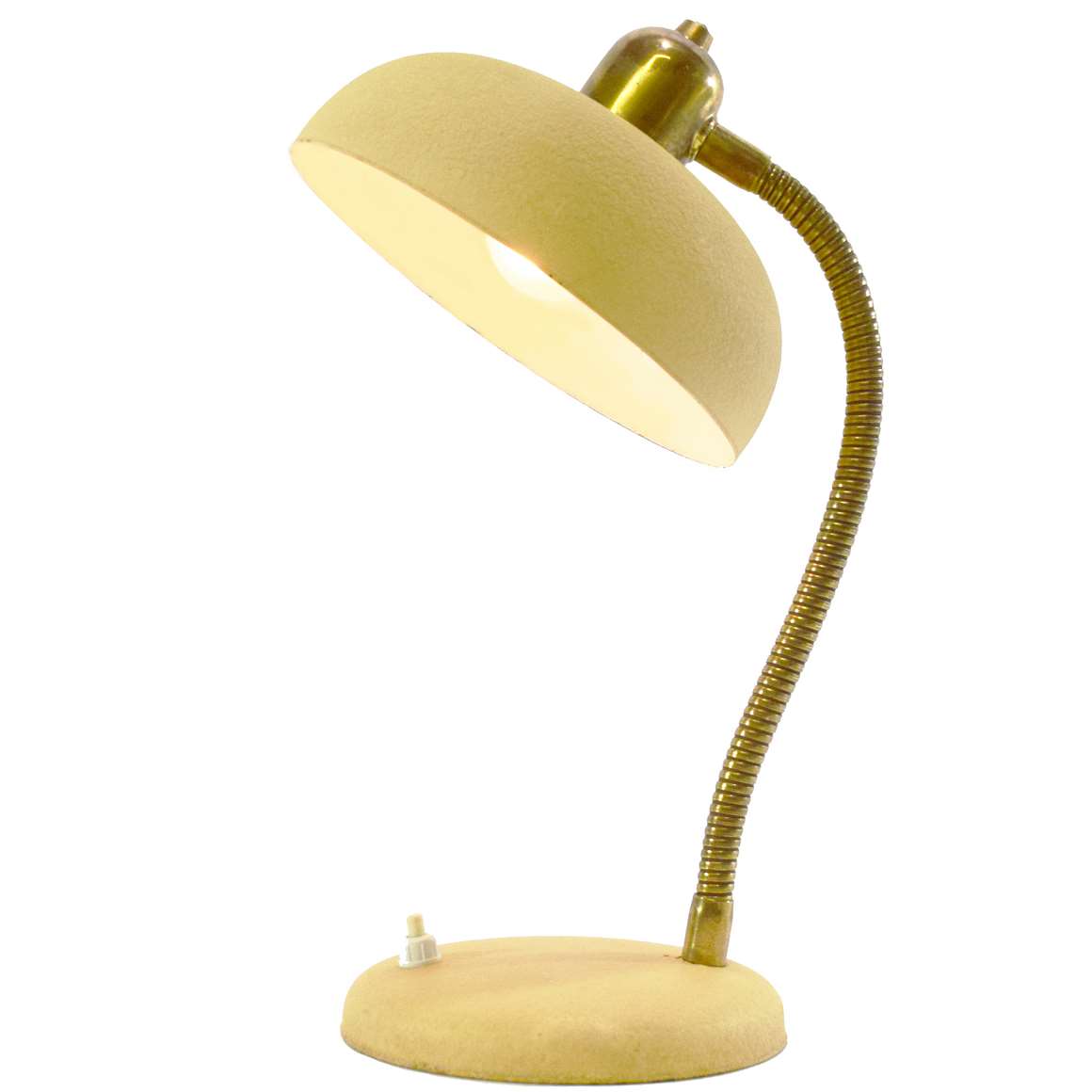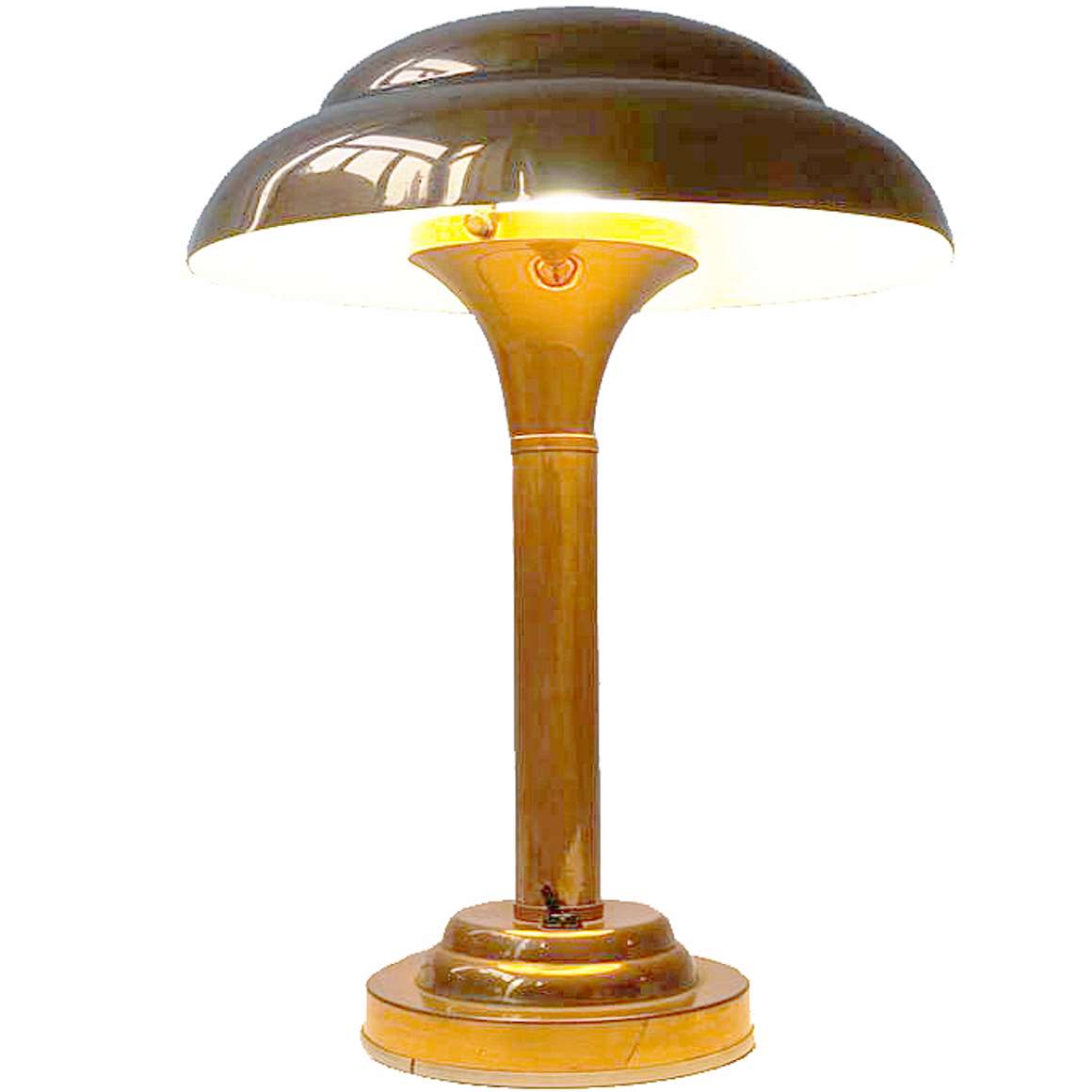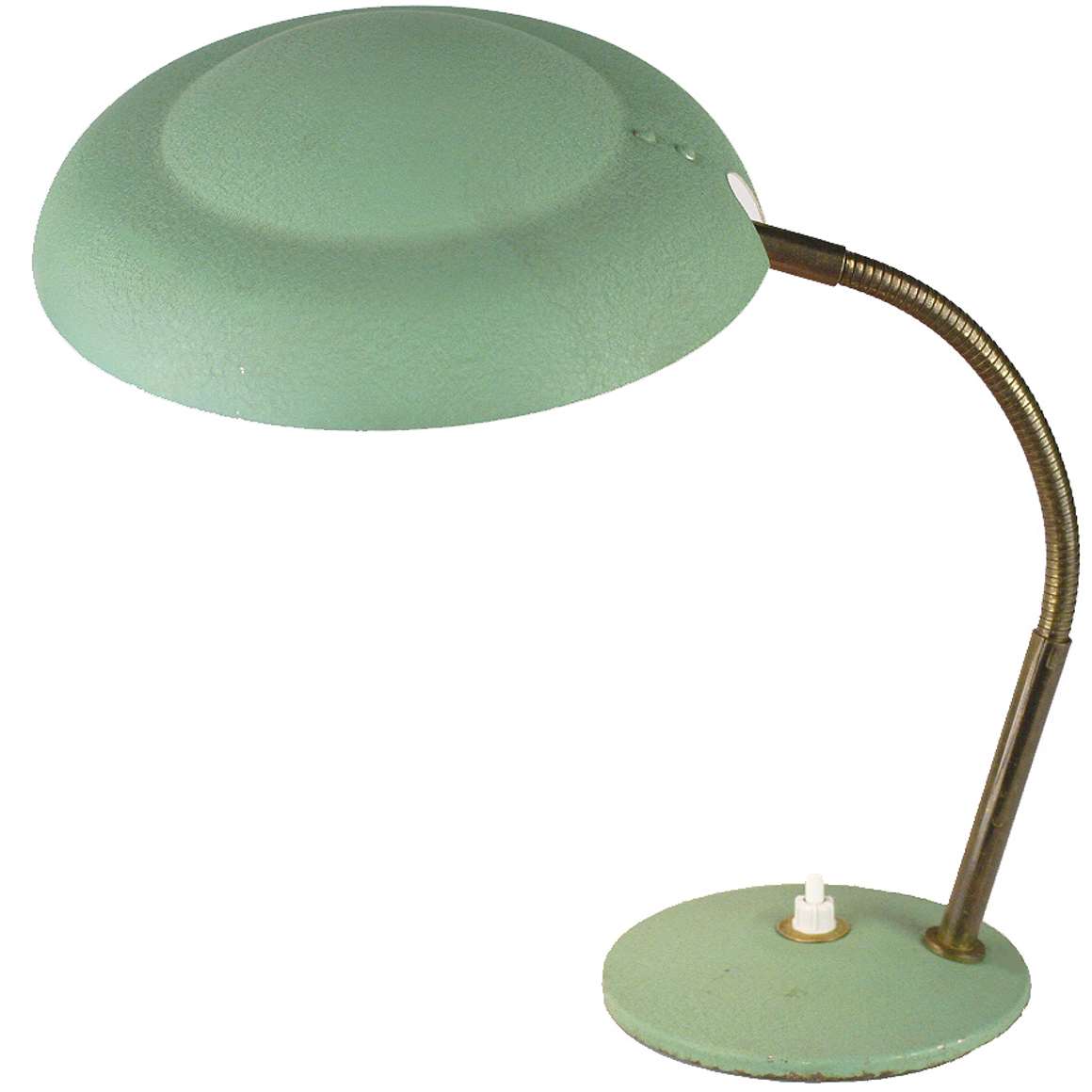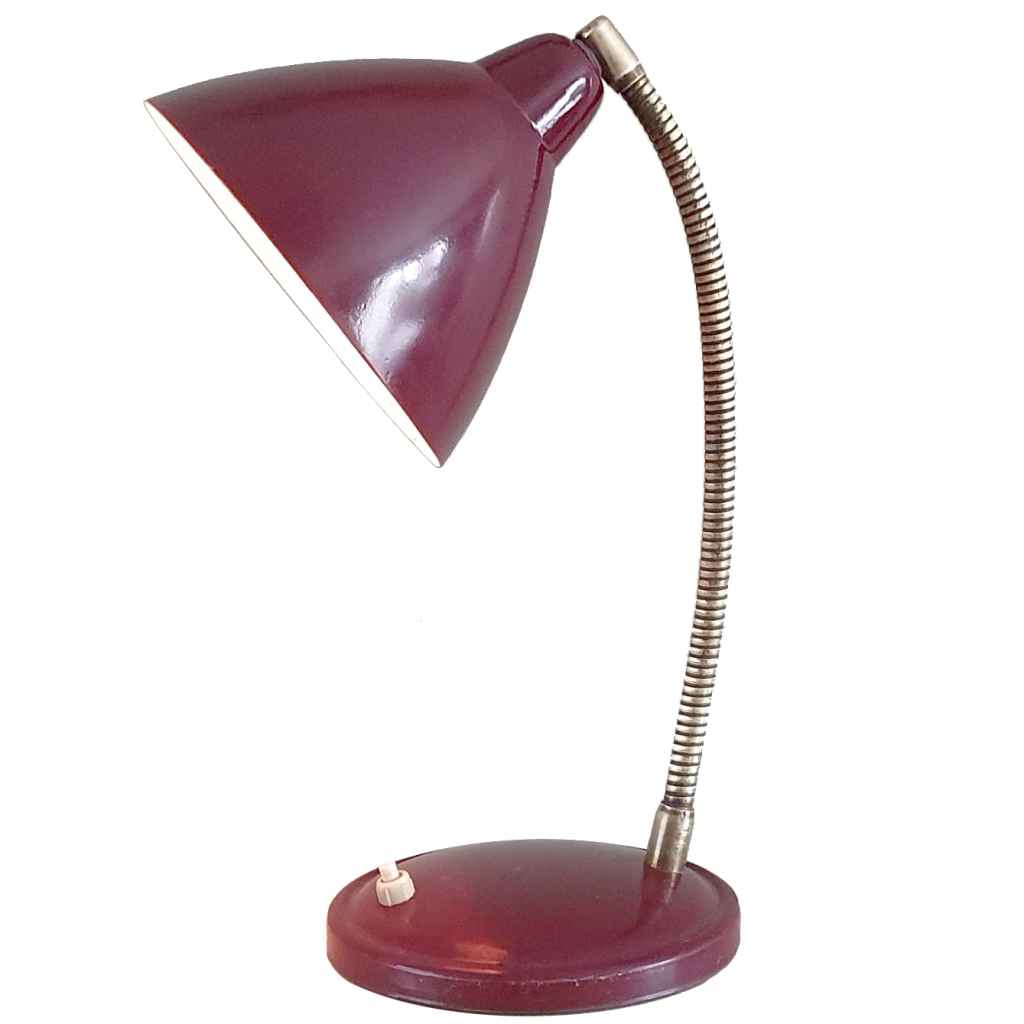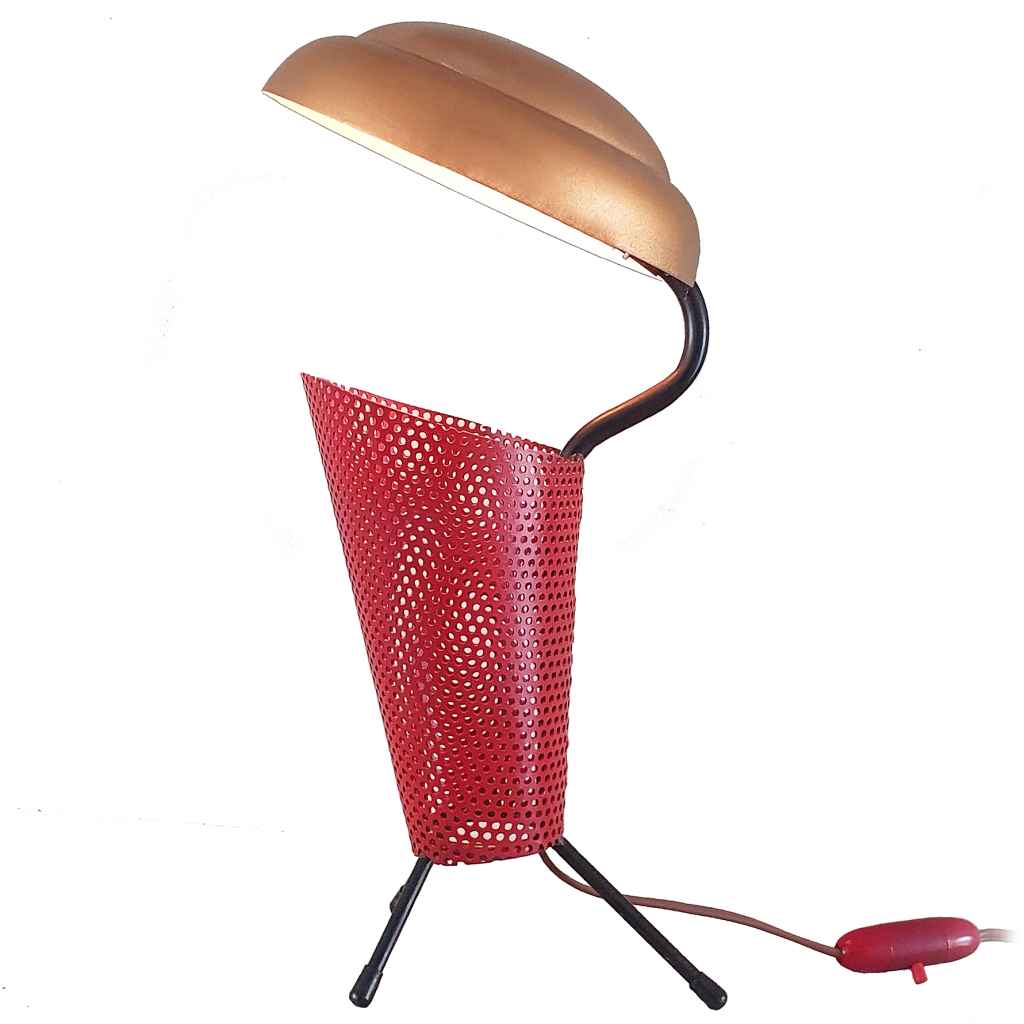1950s Aluminor bedside lamps
Big collection of 1950s/1960s table lamps in perfect condition, never used! These lamps came from a barracks on the Italian island of Sicily.They were the spare lamps for the recruits.
Lamps In The Movies!
A blue Aluminor bedside clamp lamp apeears in the 1965 comedy film Fantômas Se Déchaîne (Fantomas Unleashed). Starring Jean Marais and Louis de Funès.
A green Aluminor bedside clamp lamp was used as a set decoration in the 1971 drama film Le Chat (The Cat) from 1971. Directed by Pierre Granier-Deferre and based on Georges Simenon ‘s 1967 novel. Starring Jean Gabin, Simone Signoret and Annie Cordy.
A yellow Aluminor bedside lamp was used as a set decoration in the film Tulipani, Love, Honour and a Bicycle (Tulipani: Liefde, Eer en een Fiets), a 2017 Dutch comedy film, written by Peter van Wijk and directed by Mike van Diem. With Ksenia Solo and Giorgio Pasotti in this scene.
Many thanks to Guiseppe for his contribution.
1950s Aluminor Bedside Lamps
Materials: Light yellow and red painted iron round base. Galvanised or tinned bottom lid. Brass goose-neck. Light yellow and red painted round aluminium lampshades, white painted inside. Bakelite E14 sockets.
Height: 20 cm / 7.87” – adjustable.
Lampshade: ∅ 9 and 9,5 cm / 3.54” and 3.74”
Base: ∅ 9 cm / 3.54”
Electricity: 1 bulb E14, 1 x 40 watt maximum, 110/220 volt.
Any type of light bulb can be used, not a specific one preferred. However, a small one gives the best result.
Period: 1950s, 1960s – Mid-Century modern.
Designer: To be appraised.
Manufacturer: Aluminor, Nice, France.
Other versions: These small 1950s Aluminor bedside lamps were made with slight differences in the lampshade. They were produced in many colours. Later editions were made with a plastic lid on the bottom and they have a chromed brass gooseneck.
Aluminor
André Lavigne established Aluminor in Nice at the Côte d’Azur – the French Riviera in 1950 to manufacture camera shutters. A year later the company grows and develops into manufacturing lighting appliances, first as a subcontractor, then with its own products. In 1974 they moved to the Contes and they started to export their lighting to the United States. Over the years the company expanded and built a number of new workshops. The company still exists and they still produce lighting.
VLM Components
All the electric parts were made in the 1950s/1960s by VLM Components. VLM Components was founded in 1945 in Buccinasco, a small village near Milan, Italy. VLM Components is part of the Relco Group, founded in 1967. Today they are the owners of the brands Relco, Leuci, Relco Lighting, VLM Components and Segno. VLM Components became famous for the switches they produce which were designed by Achille Castiglioni in 1968.
Vimar
Similar lamps were sold in Italy by Vimar. At least they used the same gooseneck. Vimar produced its own electric parts, they are all labeled and the plug always has the name Vimar on it. The lid on the base says: Made in Italy, as you can see. More info about the Vimar company can be found here on Vintageinfo. In all possibility these lamps or at least the parts were produced by Aluminor and sold by Vimar.
Also the German company Temde-Leuchten sold lamps produced by Aluminor.
Lamps In The Movies!
Two 1950s Aluminor bedside lamps, a green and red, were used as a set decoration in the French-Italian comedy film Les Grandes Vacances (The summer break) from 1967. The movie was directed and written by Jean Girault, and it features Louis de Funès. English title of the film: The Exchange Student.
An Aluminor bedside lamp was used as a set decoration in the 2009 Belgian-French biographical drama film Sœur Sourire (Sister Smile). Starring Cécile de France, Sandrine Blancke and Jan Decleir.
Links (external links open in a new window)
Aluminor’s bio on their website
Contes, Alpes-Maritimes – Wikipedia
Tulipani, Love, Honour and a Bicycle – Wikipedia
Tulipani: Liefde, Eer en een Fiets (2017) – IMDb
Les Grandes Vacances (1967) – Wikipedia
Les Grandes Vacances (1967) – IMDb
Fantomas Se Déchaine (1965) – Wikipedia
Fantomas Se Déchaine (1965) – IMDb
Sœur Sourire (2009) – Wikipedia
